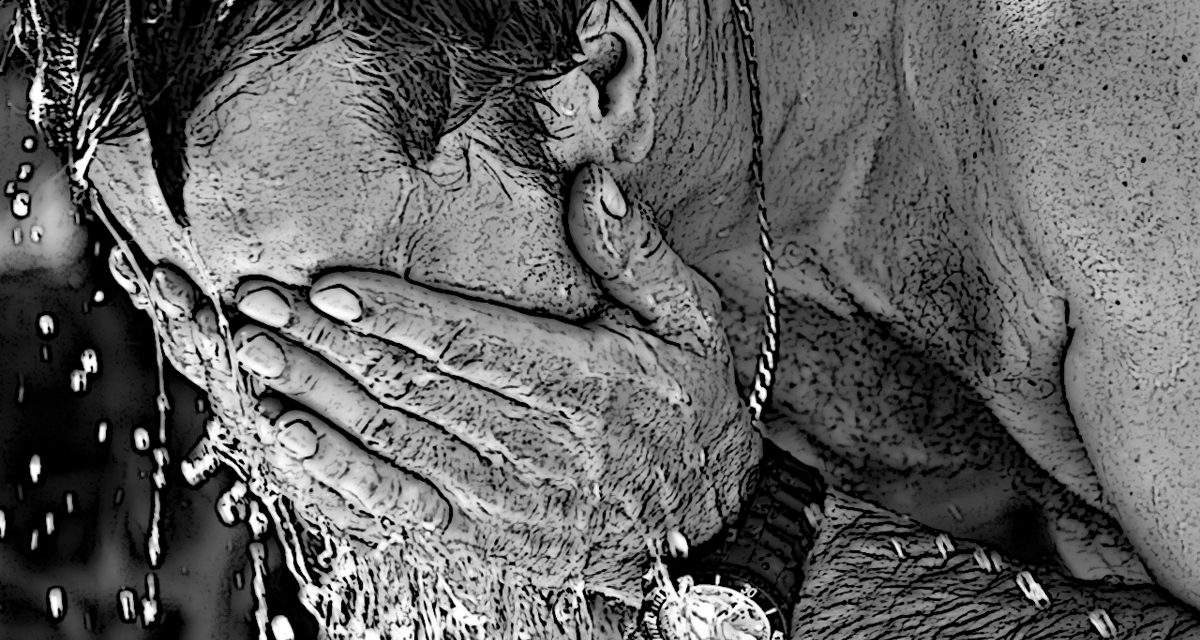Maryland Faces Multiple Challenges: Heat Wave Deaths, Political Races, and Environmental Agreements

Summary
Full Article
A late June heat wave in Maryland resulted in eight deaths and 472 emergency room visits for heat-related illnesses, marking a stark increase from previous weeks and underscoring the deadly impact of extreme weather events. The State Health Department reported these figures during a week when the heat index soared to 110 degrees in some areas, emphasizing the urgent need for public health interventions during such crises.
In the political arena, the race to challenge Democratic Gov. Wes Moore in the 2026 primary election is heating up, with a diverse group of candidates from the Republican, Democratic, and Green parties expressing their intentions to run. This growing field signals a potentially contentious election cycle ahead for Maryland's leadership.
Environmental efforts took a step forward with the release of a revised Chesapeake Bay cleanup agreement. Unlike the 2014 agreement, which set a rigid 2025 deadline, the new plan adopts a more flexible approach, with staggered deadlines and goals pending further data analysis. This strategy reflects a pragmatic shift in addressing the complex challenge of reducing bay pollutants.
Additionally, the state's economy faces a potential $1 billion loss due to declining international student enrollment, a consequence of the current political climate's impact on foreign students' desire to study in the U.S. This trend poses significant risks to Maryland's educational institutions and local economies that benefit from these students' contributions.
Other notable developments include Howard County's introduction of a new flag, symbolizing community and future aspirations, and Baltimore County's efforts to depoliticize the selection of inspectors general, aiming to restore public trust in government oversight mechanisms. Meanwhile, a controversial affordable housing project in East Towson was denied additional funding, highlighting the challenges of addressing housing needs amidst community opposition.
These events collectively paint a picture of a state at a crossroads, facing immediate public health concerns, political shifts, environmental commitments, and economic vulnerabilities, all of which will shape Maryland's trajectory in the coming years.

This story is based on an article that was registered on the blockchain. The original source content used for this article is located at citybiz
Article Control ID: 97308